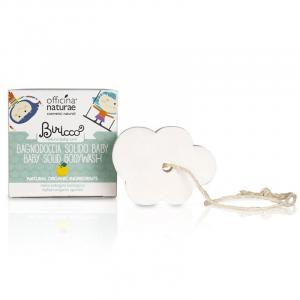Quince (Chaenomeles)
Harm score: 1 (Natural substances)
Quince, or Chaenomeles, is a genus of plants that originates mainly from East Asia. It belongs to the rose family and includes approximately four to six species. These are grown mainly for ornamental purposes, as they are characterised by their beautiful flowers, which appear in spring before the leaves. Quince leaves are alternate, elliptic to oval, five-lobed. But this is not the only reason why the quince is popular. In fact, quince fruits are also edible, both raw and processed.
However, this article focuses on a lesser-known use of quince as an ingredient in cosmetic and cleaning products, where it is used under the name Glutamate Tetrasodium Diacetate, or GLDA. It is a type of green chelating agent, and when used in lower concentrations can be considered safe for human health and the environment. Although the name may sound chemical and foreign, it is a natural ingredient that you can find in some lotions, creams, shampoos or cleansing sprays. GLDA is also used in cleaning and sanitation products, the heavy water industry, and the manufacturing industry as an alternative to traditional complexing agents that are often harmful to the environment. In addition to being more environmentally friendly, GLDA also provides better performance in a number of applications. All these properties make quince a valuable raw material for a wide range of industries.
Quince (Chaenomeles) can be found in the following products
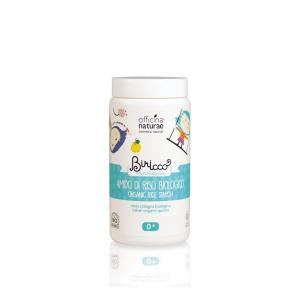
Organic rice starch baby powder (100 g) - for bath and changing
Product detail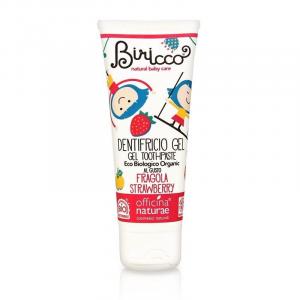
Children's toothpaste - strawberry BIO (75 ml) - fluoride-free
Product detail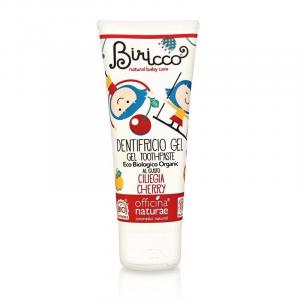
Children's toothpaste - cherry BIO (75 ml) - fluoride-free
Product detail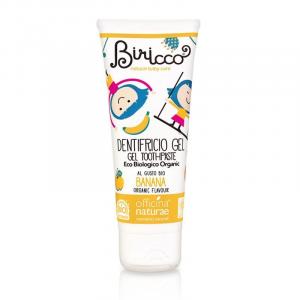
Children's toothpaste - banana BIO (75 ml) - fluoride-free
Product detail